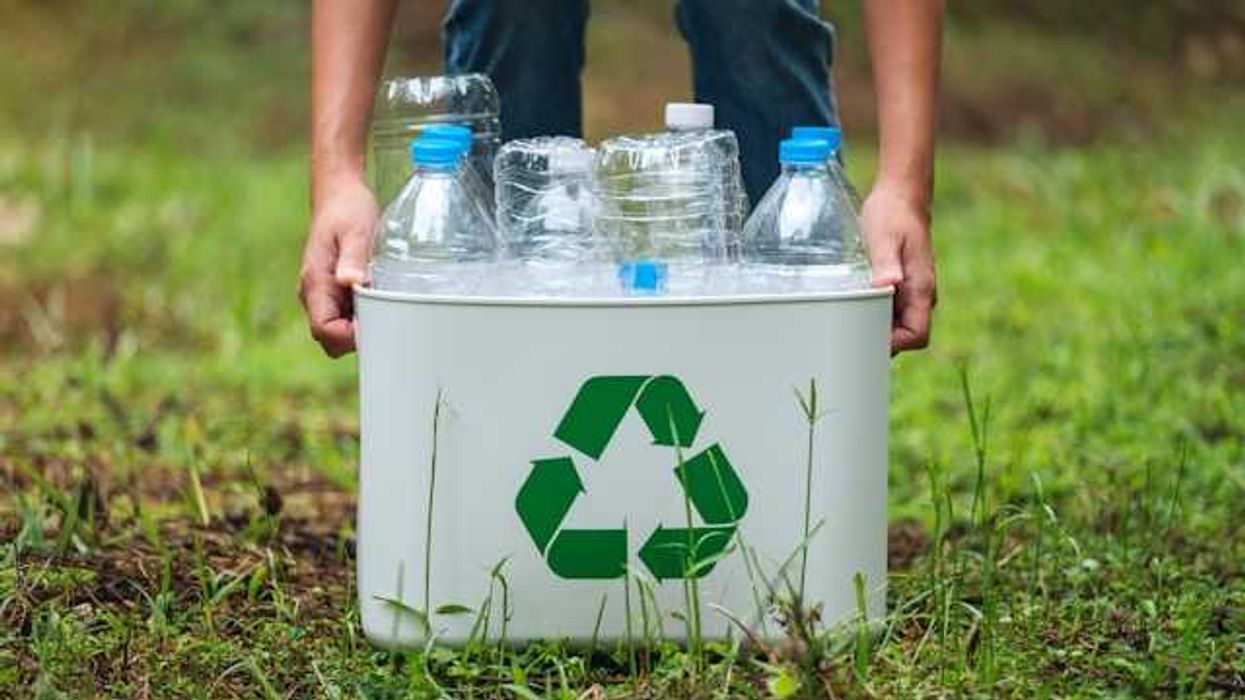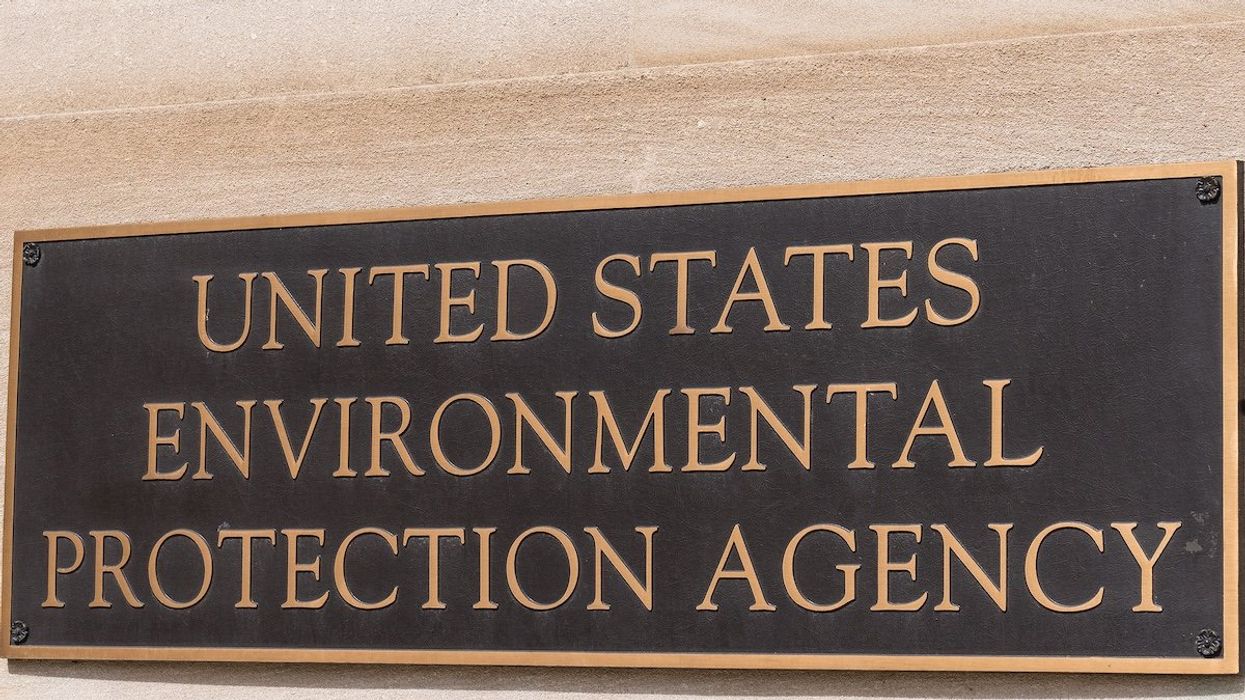A new study reveals that many personal care items, especially those marketed to Black women, contain formaldehyde-releasing chemicals used daily by consumers.
Amudalat Ajasa reports for The Washington Post.
In short:
- Researchers tracked 70 Black and Latina women using over 1,100 personal care products; more than half contained formaldehyde-releasing preservatives.
- Everyday items like lotions, shampoos, hair gels, and eyelash glues were found to contain these chemicals, which can cause repeated, harmful exposure.
- Despite known risks, formaldehyde use persists due to limited U.S. regulations, though states like California and Washington are taking steps to restrict it.
Key quote:
“I’m really concerned that we have a carcinogen that is basically intentionally being released into these products.”
— Robin Dodson, associate director of research operations at the Silent Spring Institute
Why this matters:
Formaldehyde, a chemical long recognized as a human carcinogen, is quietly present in numerous everyday personal care products, disproportionately affecting women of color. The widespread use of formaldehyde-releasing preservatives highlights serious gaps in U.S. product safety regulations. While occasional exposure might seem negligible, the cumulative effect of daily use across multiple products can lead to significant health risks, including cancer and allergic reactions. Black women, often targeted by beauty marketing that promotes the use of multiple hair and skin products, face higher levels of exposure. The lack of stringent federal oversight leaves consumers vulnerable, relying on inconsistent state regulations or complex ingredient labels that most shoppers cannot easily navigate. Meanwhile, Europe banned formaldehyde in cosmetics over a decade ago, underscoring the regulatory divide.
- LISTEN: Beauty + Justice
- LISTEN: Michelle Gin on the role of government in advancing beauty justice
- LISTEN: Marissa Chan on solutions to harmful beauty products
- Toxic exposures accumulate in more than 100 categories of consumer products: Study
- Racist beauty standards leave communities of color more exposed to harmful chemicals: NYC study
- Black and Latinx hairdressers exposed to high levels of phthalates














